One in three people (33%) have experienced sexual harassment at work in the last five years. Positive duties under WHS laws require persons conducting a business or undertaking to do all they reasonably can to prevent sexual harassment from occurring at work, just like other risks to health and safety.
Do you know how to prevent sexual harassment at your workplace? Start this important conversation at your workplace by using Safe Work Australia’s new infographic – Workplace sexual harassment statistics.
Or if you have been sexually harassed at your workplace read our infographic – what to do if you are sexually harassed at work.
These new infographics are part of a suite of materials including guidance materials, information sheets and infographics to help persons conducting a business or undertaking, such as employers and small businesses, understand what sexual harassment is and what their WHS duties are around sexual harassment. They provide practical steps on how to prevent sexual harassment occurring in the workplace.
Guide
Preventing workplace sexual harassment provides detailed information on how to prevent sexual harassment at work and how to respond if it does happen.
Information sheets
Preventing workplace sexual harassment: guidance for small business provides simple guidance to support small businesses meet their WHS duties.
Workplace sexual harassment – advice for workers provides: information on what to do if workers experience or witness sexual harassment at work.
Infographics
What is workplace sexual harassment?
The impacts of sexual harassment
Workplace sexual harassment – Your WHS duties
Steps to prevent workplace sexual harassment
Workplace sexual harassment statistics
What to do if are sexually harassed at work
For more information, go to the Workplace sexual harassment web page.
Further advice and support services
Safe Work Australia is not a regulator and cannot advise you about compliance with WHS laws in your jurisdiction. If you need help, please contact your work health and safety regulator.
Other laws may also apply depending on the nature and circumstances of workplace sexual harassment, for example criminal laws, anti-discrimination laws and industrial relations laws. Further information and advice can be obtained from the organisations and agencies below:
Australian Human Rights Commission
Fair Work Commission
Our Watch
Beyond Blue
1800Respect
Sexual assault support services
Lifeline
ReachOut

